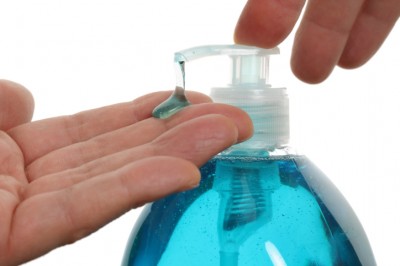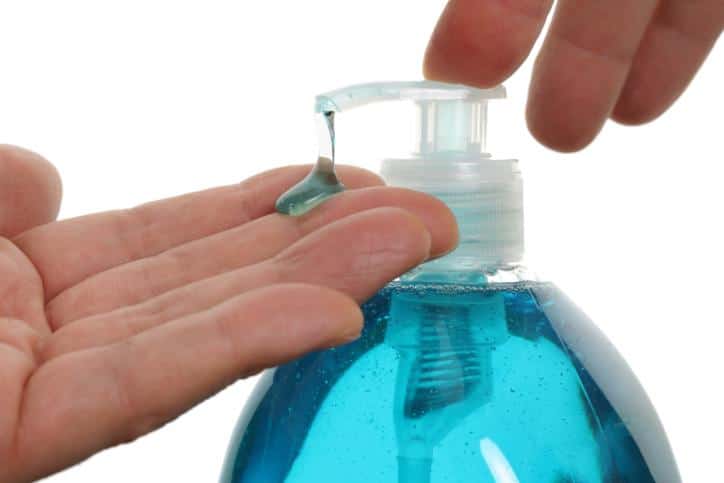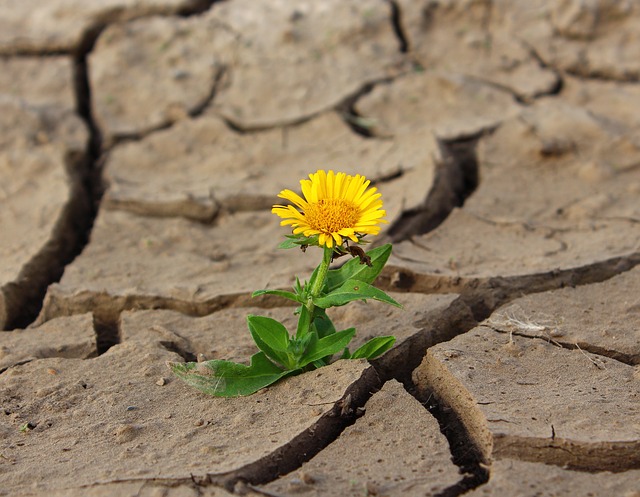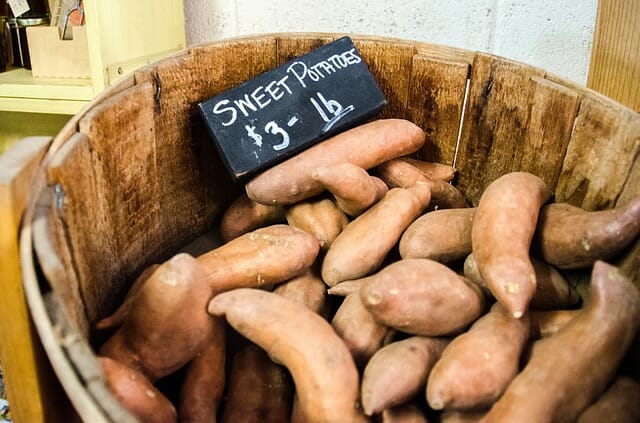
It seems that everywhere you turn these days, some element of the food, hygiene or pharmaceutical industry is trying to force toxic waste into our bodies. One of the prime motivators in the journey to a self-sufficient lifestyle, all preparedness issues aside, is to reduce the load of these potentially dangerous ingredients.
Those of us committed to a homesteading, self-sufficient, and natural way of life go to great lengths to grow, raise or obtain foods that are free of chemical additives. It only makes sense that we should devote the same attention to other aspects of our lives. Personal care products are a prime example. Products sold to us with the promise of keeping us clean and healthy are often laden with things that are killing us slowly, disrupting our natural immune systems, and causing a wide range of maladies that were unheard of before we began the chemical existence of modern life.
Fortunately, there are alternatives to most if not all of these products. By dipping into your essential oils tool box, adding a bit of coconut oil or some aloe vera gel, you can produce many indispensable products. I would like to take this opportunity to look at two of them: hand sanitizer and toothpaste.
Make your own hand sanitizer
I have mixed feelings about hand sanitizers. The truth of the matter is that nothing does a better job than good old-fashioned hot soapy water. The germaphobia that is rampant these days has led to a proliferation of hand sanitizing, and it seems that you can’t go anywhere without encountering a strategically placed dispenser. Hand sanitizers are indiscriminate killers, and don’t differentiate between good bugs and bad bugs. Some bacteria are essential symbiotic organisms, and, just as with overuse of antibiotics, killing off the good guys is a harmful side effect. Even wiping out all of the bad guys all of the time is a bad idea, your immune system needs to stretch its legs from time to time to stay strong.
175 Teas, Tonics, Oils, Salves, Tinctures, and Other Natural Remedies for the Entire Family…
These things having been said, there are times when you can’t get to that hot soapy water but desperately need to clean up. Hand sanitizers are not without utility. By making your own, however, you can avoid chemicals which may be harmful or create allergic reactions. Being water- and aloe vera-based will eliminate the skin-drying effects of alcohol-based sanitizers, and adding some oils will actually nourish and revitalize your skin. Making this is a simple process.
Ingredients
- 4 oz. spray bottle.
- Sterile water.
- 1 TBSP of aloe vera gel
- 10 drops each of tea tree oil
- 10 drops peppermint oil
- 10 drops rosemary oil
- 10 drops eucalyptus oil
- 20 drops of either lemon, orange or grapefruit essential oil, for the aroma that suits your tastes
- 2 drops Vitamin E oil (optional)
Procedures
- Fill the 4 oz. bottle about ¾ of the way with sterilized water
- Add aloe vera gel
- Add oils
- Put the spray top on, and shake vigorously to mix.
Now you can make your own hand sanitizer and have a natural, alcohol-free alternative to commercial hand sanitizers. Shake it well before each use. Two or three pumps on the hands, rub it in, and you are good to go. If you exercise the Vitamin E oil option you will extend the shelf life of your product and get the added benefit of nourishing the skin while sanitizing, a far cry from the drying effects of alcohol-based sanitizers. The aloe vera also has antibacterial and antiviral properties which are enhanced by the essential oils; it won’t deplete the natural oils in your skin, and your sanitizer will be about 10 times more potent than commercial varieties, against the bad bugs. As with any sanitizing products, this is not recommended for children younger than two years of age.
Make your own toothpaste
In my house, we tend to be very conscious of the health issues created by many modern practices. We steer clear of foods that contain or have been fed on genetically modified ingredients (GMOs). We avoid using chemical pesticides, and we try to avoid produce that has been treated with them. We prefer natural fertilizers, in our own garden and in the fruits and vegetables that we buy. We lean toward raw milk and pasture-raised meat and poultry, to avoid exposure to antibiotics and hormones. We are committed to constant vigilance when it comes to what we put into our bodies, and are even more maniacal when it comes to our kids.
Sadly, it isn’t just the food industry that you have to watch out for if you want to keep harmful chemicals out and natural goodness in. Take for example toothpaste. That’s right, even the simple and very necessary act of brushing your teeth has become a potential toxic hazard! Let’s take a look at just two of the common ingredients in commercial tooth pastes — glycerin and sodium fluoride While glycerin gives toothpaste its creamy and pleasing texture, it also prevents the process of re-enamelization from occurring, blocking the body’s natural ability to heal cavities. Sodium fluoride is a by-product of the aluminum manufacturing process that can also be found in chemical pesticides and rat poison; you don’t have to be a health nut to realize that that can’t possibly be good!
Naturally Refreshing Wraps, Rubs, Lotions, Masks, Oils, and Scrubs
One of our all-time favorite products is coconut oil. We use it for a lot of our cooking, and in many of our homemade personal care products. The health benefits of coconut oil are well-documented, and a healthy supply of this oil is a very good investment in your preparedness and self-sufficiency stockpile.
A very effective toothpaste can be made using a one-to-one ratio of coconut oil and baking soda. Essential oils are added for flavor and aroma, as well as for their antimicrobial and healing properties. There are many variations on the theme and you are always free to play with your oil additives to find the combination that suits your needs and likes. The recipe below is a good starting point.
Basic toothpaste recipe
- 6 tbsp. coconut oil
- 6 tbsp. baking soda
- 25 drops essential oil, peppermint oil, eucalyptus oil, tea tree oil, or grapefruit oil are all good choices
- 1 tsp. stevia (optional, for sweetness)
Procedure
- Mix all ingredients thoroughly
- Store in a jar with a tight fitting lid
- Use a pea sized dab on your toothbrush
Mixing can be done with a mixer, a food processor, or a trusty old mixing spoon. The better the mix, the better the texture. For dispensing from the jar, a Popsicle stick or tongue depressor is helpful.
Coconut oil by itself has been demonstrated to have antibacterial and antiviral properties, and is a good start in preventing ailments of the mouth. The essential oils, in addition to adding flavor and scent, increase this benefit. If you suffer from sensitive or painful teeth, peppermint and tea tree oil are excellent at combating this condition.
Learning to make your own toothpaste and hand sanitizer is a good way to reduce your dependence on a fragile supply chain. Even in a crisis, perhaps even moreso, hygiene is very important. It is also a good way to grab back control of what is going into your family’s bodies, and to achieve a healthier lifestyle.










